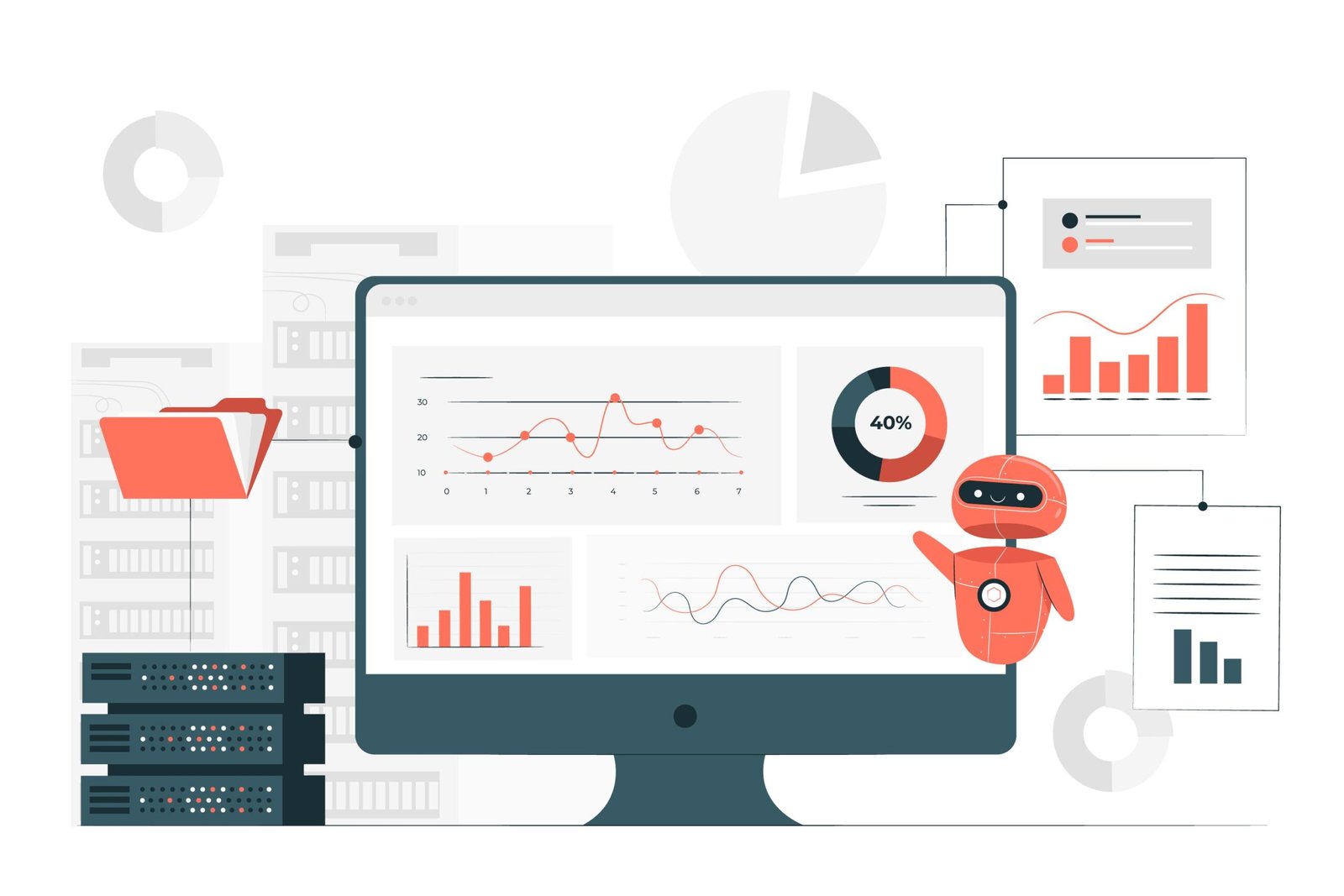Table of Contents
- What Is Data Analytics in B2B Marketing?
- Why Data Analytics Matters in B2B
- Key Types of Data in B2B Marketing
- How to Use Data Analytics to Grow B2B Marketing
- Tools for Data Analytics in B2B Marketing
- Real-World Example: Data Analytics in Action
- Common Challenges and How to Overcome Them
- Future of Data Analytics in B2B Marketing
- Final Thoughts
In today’s digital-first business environment, data is more than a byproduct of marketing activities—it is the core engine that drives growth. For B2B companies, data analytics has become essential for understanding customers, optimizing campaigns, and making smarter decisions. When used effectively, data analytics turns raw numbers into actionable insights that improve performance across every stage of the buyer journey.
This article explores how data analytics is reshaping B2B marketing, and why it should be a top priority for any business seeking long-term growth.
What Is Data Analytics in B2B Marketing?
Data analytics refers to the process of collecting, analyzing, and interpreting data to make informed marketing decisions. In a B2B context, this includes customer behavior, sales trends, email engagement, website traffic, social media performance, and more.
By tracking these metrics, businesses can better understand what works, what doesn’t, and where opportunities lie. Instead of guessing what customers want, marketers use data to create precise campaigns that resonate with their target audience.
Why Data Analytics Matters in B2B
B2B sales cycles are long and involve multiple stakeholders. Decisions are based on logic, ROI, and long-term value rather than emotion. This makes analytics even more important in B2B than in B2C.
Here are some reasons why data analytics is vital:
- Better Targeting: Identify high-potential accounts and personalize your outreach.
- Improved ROI: Allocate your budget to campaigns that deliver measurable results.
- Faster Decision Making: Use real-time insights to make quick, effective marketing decisions.
- Customer Retention: Understand churn patterns and proactively engage at-risk clients.
- Sales Alignment: Share insights between marketing and sales to drive conversions.
Key Types of Data in B2B Marketing
To get the most from analytics, it’s important to understand the types of data available:
Demographic Data
This includes company size, industry, location, and revenue. Demographics help you define your ideal customer profile (ICP).
Firmographic Data
More detailed company-level data such as technologies used, decision-making structure, and budget authority.
Behavioral Data
Tracks how leads interact with your brand online—what they click, download, watch, and search.
Intent Data
Shows buying signals based on content consumption patterns, helping you engage leads before competitors do.
Transactional Data
Includes historical sales data, purchase frequency, and order value. Useful for upselling and predicting future behavior.

How to Use Data Analytics to Grow B2B Marketing
1. Build a Data-Driven Buyer Persona
With the right data, you can go beyond simple demographics to build accurate personas. Combine website analytics, CRM insights, and email engagement data to understand your audience’s goals, pain points, and behavior.
2. Optimize Lead Scoring Models
Not every lead is worth pursuing. Data analytics helps score leads based on engagement, company fit, and buying intent. This ensures your sales team focuses on leads that are most likely to convert.
3. Personalize Content and Messaging
Analytics tools allow you to segment audiences and tailor content. A manufacturing CEO and a SaaS product manager will not respond to the same message. Personalization based on real data improves engagement and trust.
4. Identify High-Performing Channels
Track the performance of various marketing channels like email, LinkedIn, webinars, or paid ads. With analytics, you can see which channels bring the most qualified leads and reallocate your budget accordingly.
5. Improve Campaign Performance
A/B testing and real-time analytics let you adjust messaging, images, or calls-to-action quickly. If a campaign is underperforming, data shows where the problem is so you can fix it fast.
6. Predict Customer Behavior
Using predictive analytics, marketers can forecast which leads are ready to convert or which customers are at risk of churning. This allows for timely and relevant interventions.
7. Align Marketing and Sales
By sharing analytics dashboards, both teams can track lead quality, conversion rates, and pipeline health. This shared data fosters alignment and improves the handoff between marketing and sales.
Tools for Data Analytics in B2B Marketing
There are many tools that help collect and analyze B2B marketing data:
- Google Analytics: Tracks website traffic, user behavior, and conversions.
- HubSpot: Offers CRM, email marketing, and analytics in one platform.
- Salesforce: Robust analytics for sales and marketing alignment.
- Marketo: Automates marketing activities and measures performance.
- Tableau: Visualizes data for deeper insights.
- Hotjar: Provides heatmaps and behavior tracking on web pages.
Choose the tools that integrate well with your tech stack and offer the specific features you need.
Real-World Example: Data Analytics in Action
Imagine a B2B software company targeting mid-sized financial institutions. By using website analytics, they discover that most traffic comes from compliance managers. Their email campaigns, however, are aimed at IT directors.
After realigning their messaging based on analytics, engagement rates increase by 40%. They also use intent data to identify companies researching compliance tools. With this insight, the sales team contacts them earlier in the decision-making process, improving conversion rates.
Common Challenges and How to Overcome Them
Data Overload
Collecting data is easy; making sense of it is hard. Focus on the metrics that matter most to your goals. Use dashboards and reports to simplify complex data.
Inconsistent Data
If your CRM, email platform, and website are not integrated, you’ll face gaps and errors. Choose tools that sync well and ensure your data is regularly cleaned.
Skills Gap
Not all marketers are data analysts. Provide training or hire analysts to help interpret data and turn insights into actions.
Future of Data Analytics in B2B Marketing
As technology advances, data analytics will become even more predictive and personalized. AI and machine learning will enable marketers to:
- Predict campaign outcomes before launching.
- Automatically adjust budgets and bids in real-time.
- Deliver hyper-personalized content to each buyer.
Businesses that invest in analytics now will be ahead of the curve, gaining a clear competitive advantage.
Final Thoughts
Understanding data analytics is no longer optional for B2B marketers. It is the key to unlocking growth, improving targeting, and delivering better customer experiences. By building a culture of data-driven decision-making, businesses can create smarter campaigns, win more deals, and scale sustainably.
Start small, track what matters, and let data guide your next big move. In today’s B2B marketing landscape, those who master data analytics will lead the pack.









